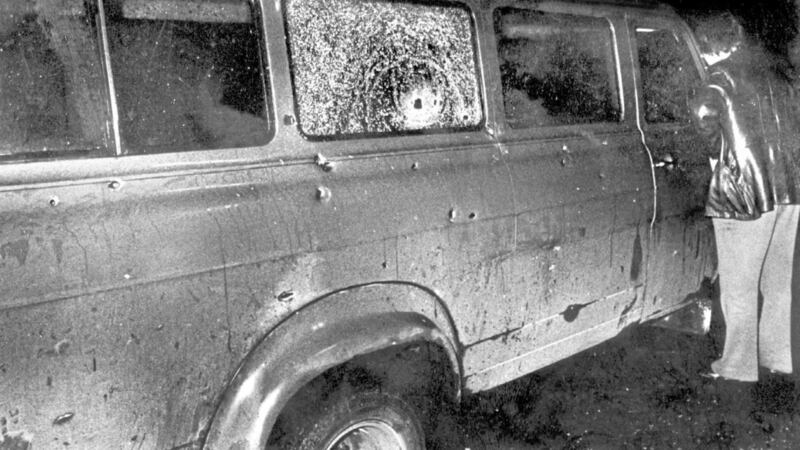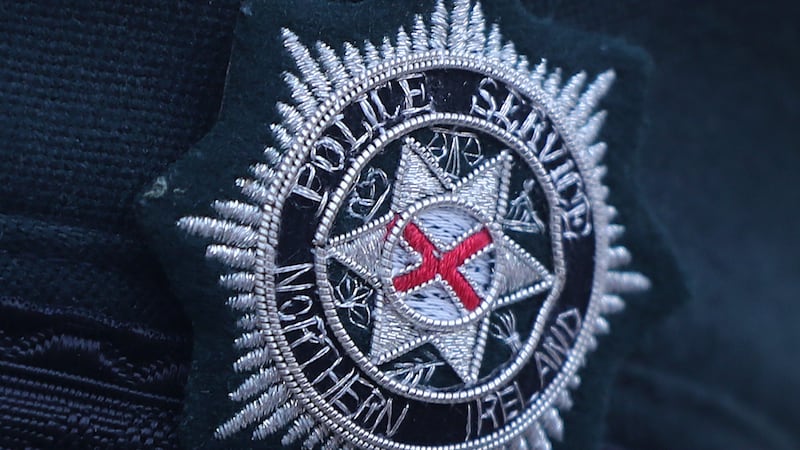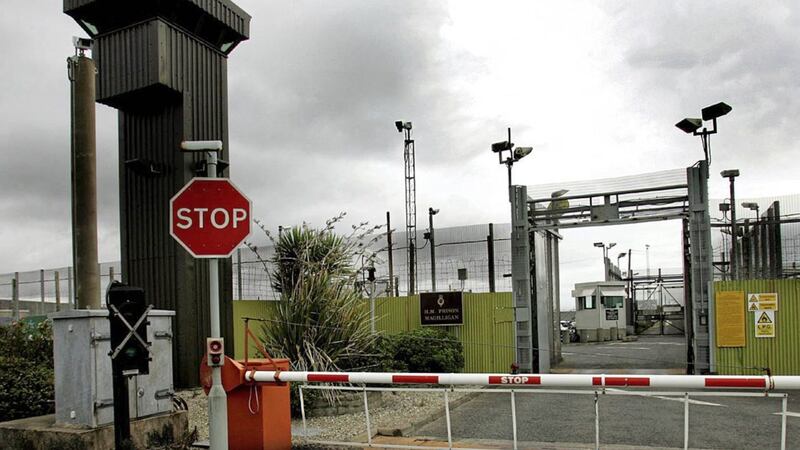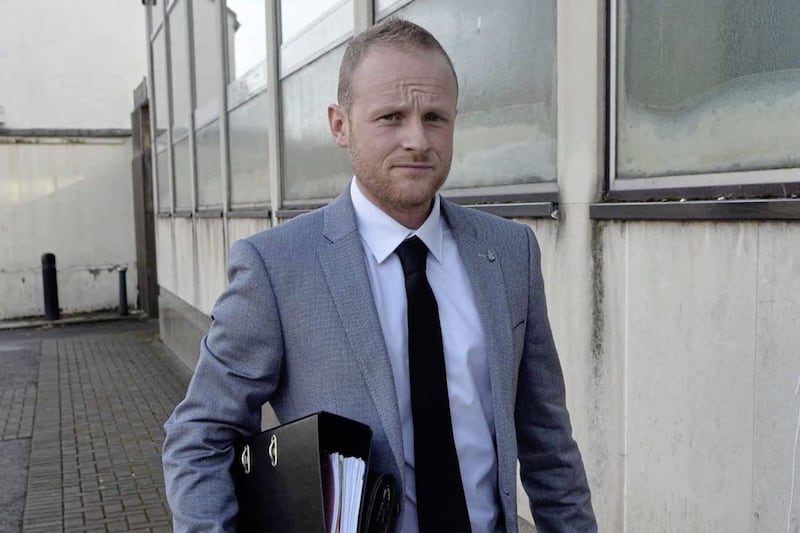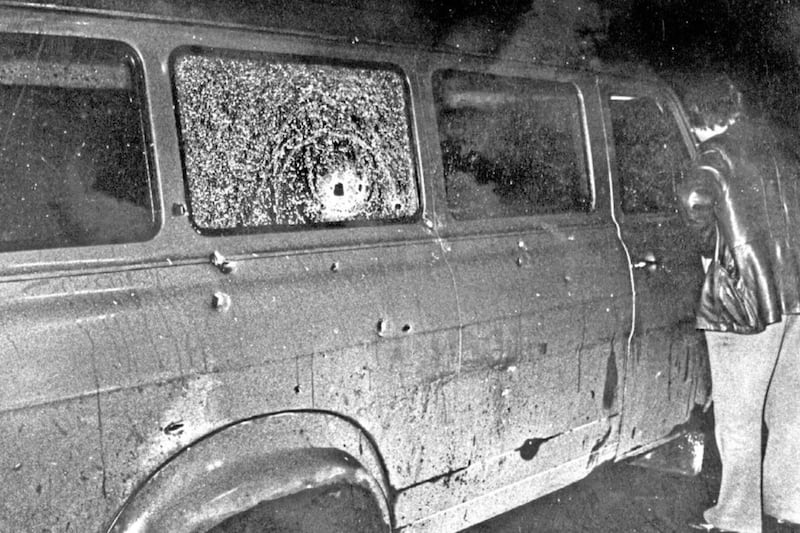Someone who usually travelled with 10 workmen killed by the IRA at Kingsmill was later named as a suspect, an inquest has been told.
The Protestants were shot dead by a republican gang after their minibus was stopped near the village of Kingsmill in South Armagh in 1976. The only Catholic on board was ordered to flee.
A list of the names of serious crime suspects, given by a self-confessed IRA member, was drawn up. Not all were suspected of involvement in Kingsmill.
Alex Kane QC, barrister for relatives of the dead, told the Belfast inquest someone who "usually travelled" on the minibus was named on the list.
The victims were travelling home from work in a textile factory when they were ambushed.
An 11th man, Alan Black, survived despite being seriously injured.
A witness to the inquest, former RUC detective chief inspector James Mitchell, was presented by a barrister with a list of names of those linked to Kingsmill and other deaths.
Some were implicated in the killing of three Royal Scots soldiers and the knife murder of Joseph McCullough, from Tullyvallen in South Armagh, Mr Kane told the inquest.
Mr Mitchell said the names of leading Provisional IRA members were on the list but most of the suspects lived in the Republic of Ireland, which would have required extradition proceedings to arrest them.
Recently a match was made by police in Northern Ireland between a palm print found on the Kingsmill getaway vehicle and a suspect. One man was quizzed but not charged.
It emerged at the inquest in Belfast on Wednesday that Irish police had a fingerprint of the suspect.
Mr Kane said: "If the Garda had co-operated then a match of S54 would have been made in 1976 or 1977 rather than 34 years later.
"If that match had been confirmed that would have been a vital piece of evidence."
The inquest also heard today that an inadequate number of detectives was available to investigate the killings.
Less than 25 were deployed at any one time to probe the deaths, former (RUC detective chief inspector James Mitchell said.
Mr Mitchell's thinly-spread team of investigators covered South Armagh and South Down, one of the most dangerous areas for the security forces to operate, where support for the IRA was at its strongest.
He told the inquest: "It was an abnormal situation in South Armagh, the manpower was totally inadequate.
"You had detectives coming from Belfast who had no idea of the geography of South Armagh.
"You had added problems on top of the actual manpower, the logistics of running an investigation with such inadequate manpower and with the security level in South Armagh."
His group of 25 detectives, boosted after the Kingsmill attack, had to investigate ordinary as well as paramilitary crime and the former detective said he only had around a dozen available at one time.
More than 1,000 officers are working on the Manchester bombing at present, a barrister pointed out.
Mr Mitchell said it would have been helpful if some of the on the runs (OTRs) from justice who have been suspected of involvement had been living in Northern Ireland rather than the Republic, so they could have been arrested by the RUC.
He added: "It would have been helpful if we had been in a position to have more resources in the operation and it would have been helpful if we had had better and more accurate intelligence."
Last week, the inquest was told two senior IRA members were responsible for the massacre.
Brian Keenan and Seamus Twomey were named in court by one of their former comrades, police informer Sean O'Callaghan, as the men behind the atrocity.
